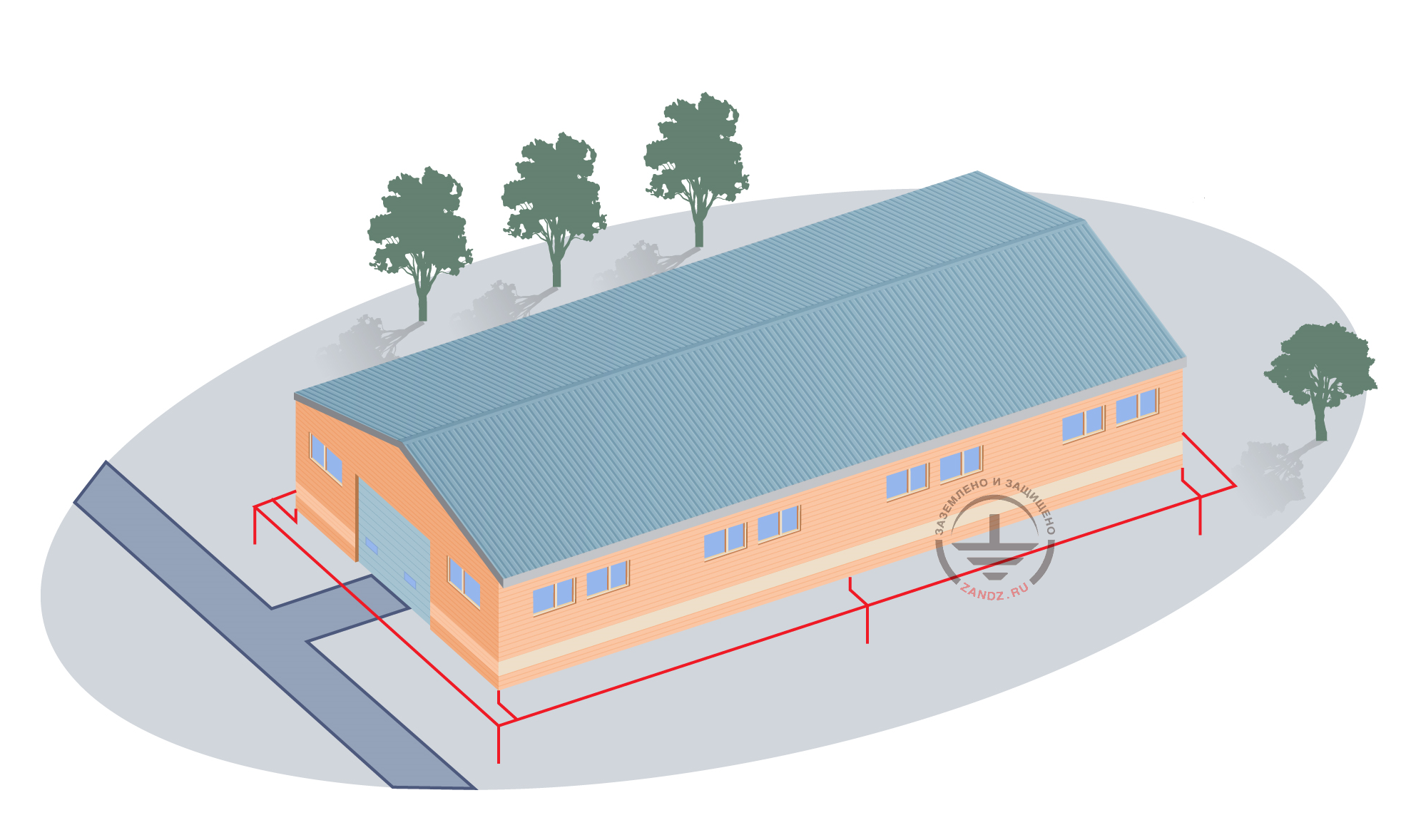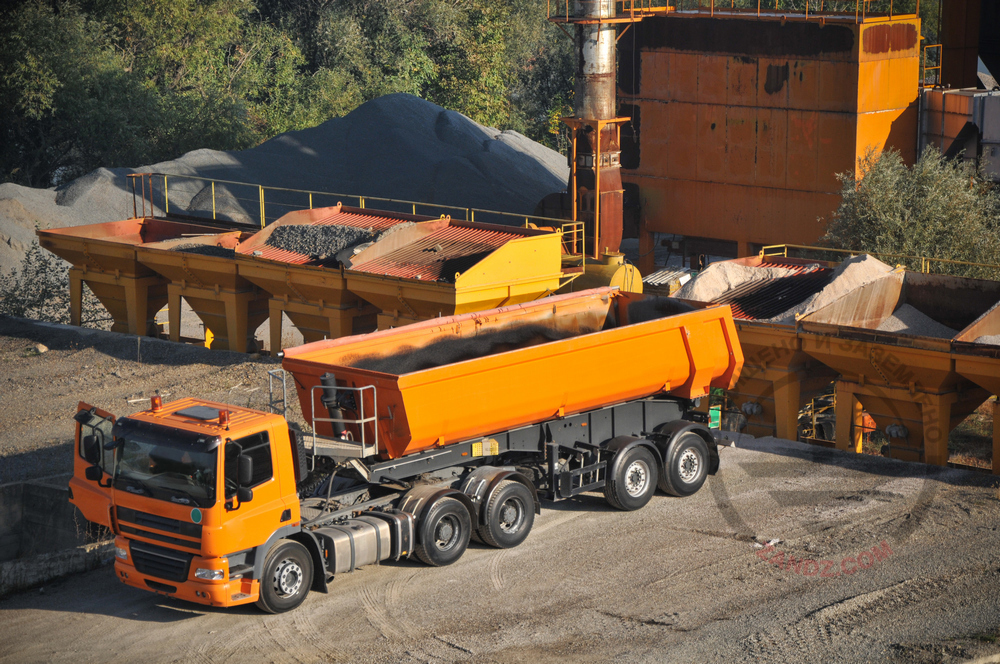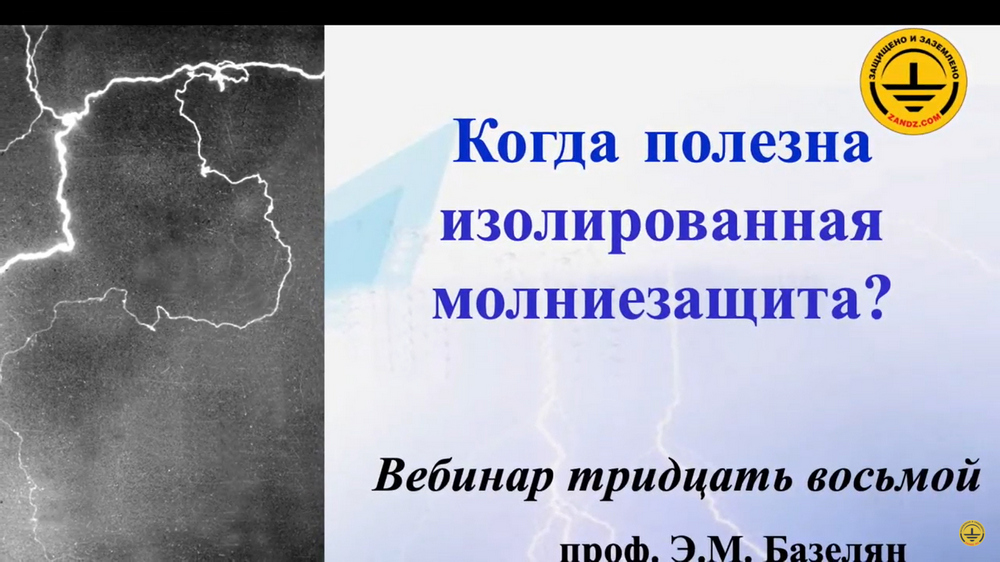10.08.15

Dear designers, we are pleased to share an interesting material with you!
Recently we were lucky to take part in a dialogue with the designer, during which we received answers to questions about design of lightning protection and grounding. The title of the article has number "1" and we hope that it will give start to new dialogues with experts who know about the problems in calculations and design at first hand and want to share useful experiences with others!
The leading power supply engineer of the design group, which is directly involved in the design of buildings, as well as grounding and lightning protection, answered our questions. Our interlocutor, let's call him so, preferred to remain anonymous, that is why we won't give away his name and the company name in this article. His work experience in this position counts three years, for which he was able to take part in various projects of different complexity: from private and apartment houses to shopping malls and even a church. It is impossible to count the number of small projects, and preparation of projects for large objects usually happens 3-4 per year. Lightning protection project is necessarily made for all objects.
Here are some questions on which we managed to get answers:
- What type of lightning rod (mast / wire / mesh) is more often used?
As I usually work on high-rise residential buildings, lightning protection mesh laid in a layer of insulation is always used. Other options, such as catenary wire lightning rode is difficult to use according to our standards for buildings higher than 50 meters, since the count the lightning protection one height is carried out from the ground level. For example, on the building 50 meters high, according to the formulas of the industry standard 153-34.21.122-2003, the tip of the lightning rod cone will be at the level of the roof only if we mount a rod 9 meters high, which is structurally difficult and looks, to put it mildly, ugly. And we have't protected the roof, that means it is necessary to make the rod even higher, and more than one. In such circumstances, the choice of using mesh is obvious. So at the first stages of design, I choose how to lay out what to make down conductors of.
- Have you used an active lightning protection (ALP) in projects? Did it cause any problems or vice versa - had good effect?
While the use of ALP is not specified regulations - I am a strong opponent of ALP. I believe that if you want to use ALP, then only as an addition to the "classic" lightning protection. All the reasons given by the distributors of ALP, to put it mildly, are a simple rattle and a blow of smoke.
- What project of lightning protection and grounding was the most memorable and why?
Church lightning protection object. The peculiarity was that, if to follow the norms of the industry standard 153-34.21.122-2003, the dome of the church did not get into the cross protection zone. They were made of a very thin metal, under which there was the combustible wooden sheathing. That is, in accordance with the regulations, they had to be protected. The question was "How?" It is obvious that it was impossible to mount anything else on the church roof. The visual appearance is crucial. The difficulty was in the fact that the project was needed, that is, it was impossible to recede from the regulations. We did not manage to find a separate standard on lightning protection of churches. My personal opinion was that - not to make an official project, but issue a recommendation sketch, in which to indicate connection of the main church cross connection to the ground electrode with two down conductors. Moreover, the church was a delayed construction on donations, and the design stage skipped examination without lightning protection. But the customer wanted the project to be made, as they say, with seals. As a result, in order to comply the regulations and leave the customer satisfied, we came to this decision: "put" the mesh with the increment of 6 meters on each dome (due domes sizes) made of bronze wire with the diameter of 8 mm, connect the "mesh" bars on the top and bottom of the dome with rings of the same bronze, put 2 down conductors from the bottom ring of each dome; connect the top ring in two points with the cross on the main dome. Thus, the formal requirements of normative and technical documentation were fulfilled. It was difficult to "drop" the down conductors, because the architecture of the church is very tricky.
Almost in all webinars that we held for designers, we heard that one of the most popular problems is the unrealistic demands of customers or their unwillingness to follow the regulations. Therefore, we asked how relevant it is for our interlocutor. On the question of whether there were unrealistic demands of customers, he answered, that usually there were enough arguments to convince the customer and it's great.
As it turned out, our interlocutor takes part in webinars for designers held by ZANDZ.com and uses information of these webiners in his work.
- Do you use materials from the site ZANDZ.com in your projects?
Webinars with Professor E.M.Bazelyan.
- What's the hardest thing in designer's work?
The hardest part - gaps in the regulatory framework. It is interesting, that the webinars on lightning protection by Professor E.M. Bazelyan, who was one of authors of the lightning protection regulations, don't really give anything - they are entertaining, interesting, but when it comes to the specifics - lack of understanding of the subject matter and discussion about spherical horses in vacuum. The practice of written questions does not lead to a solution - without timely updates, the professor ranges far and wide or responds superficially.
This material is based on a written reply to a list of questions about design of grounding and lightning protection. Answers are given at no charge.
The first interview is over. ZANDZ.com project would like to thank our interlocutor for providing detailed answers to questions. Follow our news, selects similar interview on the tag "interview with the designer" and get interesting information from experts working on the design of grounding and lightning protection systems.
ATTENTION!
Are you working in the sphere of design or installation of grounding and lightning protection systems?
Tell us about your experience or an interesting project. Send it to info@zandz.com, phone +7 (495) 134-3351 and in social networks:

Related Articles:

.png)




